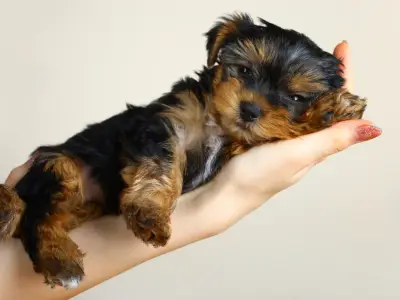Dogs have long captured our hearts with their adorable wagging tails, but have you ever encountered those with uniquely curly tails? In this article, we’ll be exploring their distinct characteristics, the science behind their curly tails, and the practical purposes they serve!
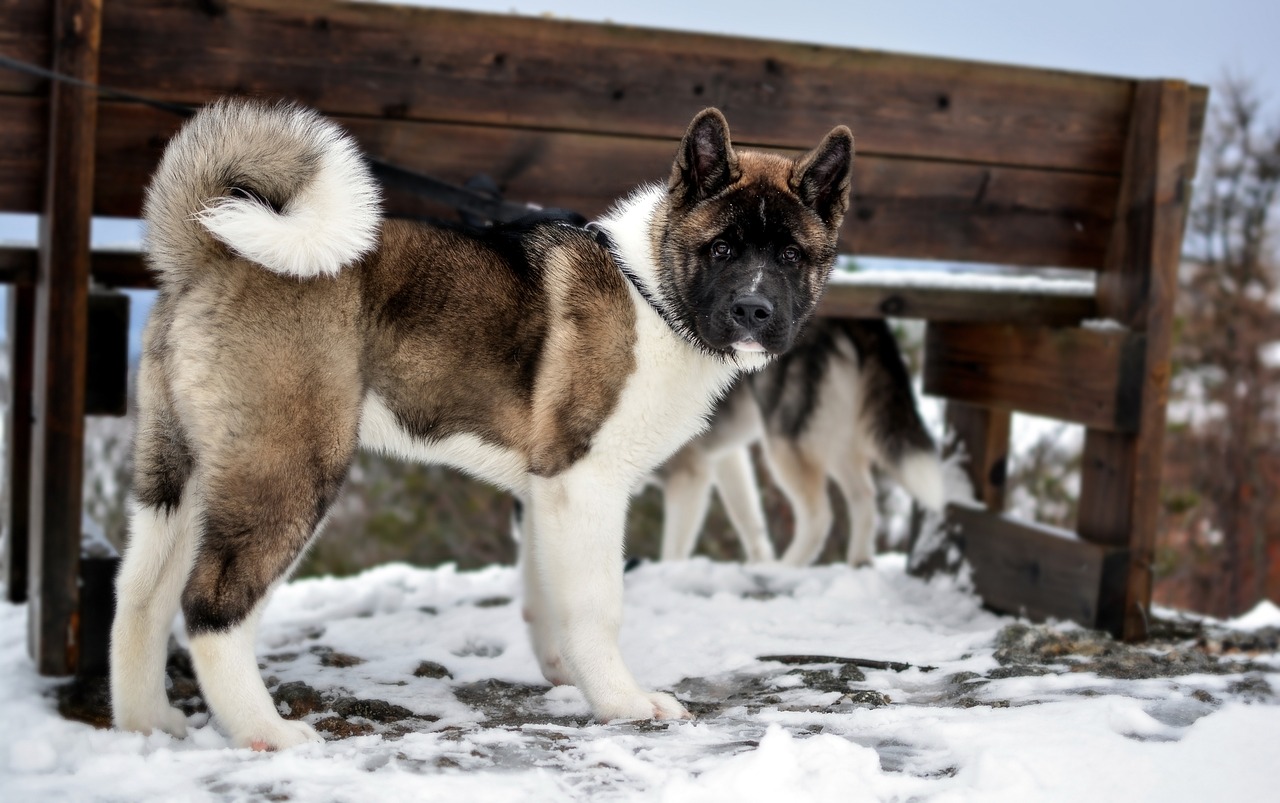
The Science Behind Curly Tailed Dogs
Curly tails in dogs are not just a quirky coincidence; in fact, they have a scientific explanation.
Genetic factors play a significant role in determining the type and degree of curl in a dog's tail. One key genetic factor involved is the T-box transcription factor gene, known as CNTNAP2. This gene is responsible for controlling the development of neural connections in the brain and spinal cord. Variations in this gene have been linked to different tail shapes in dogs, including the curly tail phenotype.
Different dog breeds also exhibit various types of curly tails, and this variation is due to both genetic factors and selective breeding. The curly tail is a defining feature that has been consistently selected throughout generations of breeding. The degree of curl can also vary within the same breed. Some dogs may have tightly coiled tails, while others might display a looser, more relaxed curl.
Additionally, other genetic factors (such as the regulation of collagen production) may influence the curliness of a dog's tail. Collagen is a protein that provides structural support to tissues, and its variation can affect the flexibility and shape of the tail.
Dog Breeds with Curly Tails
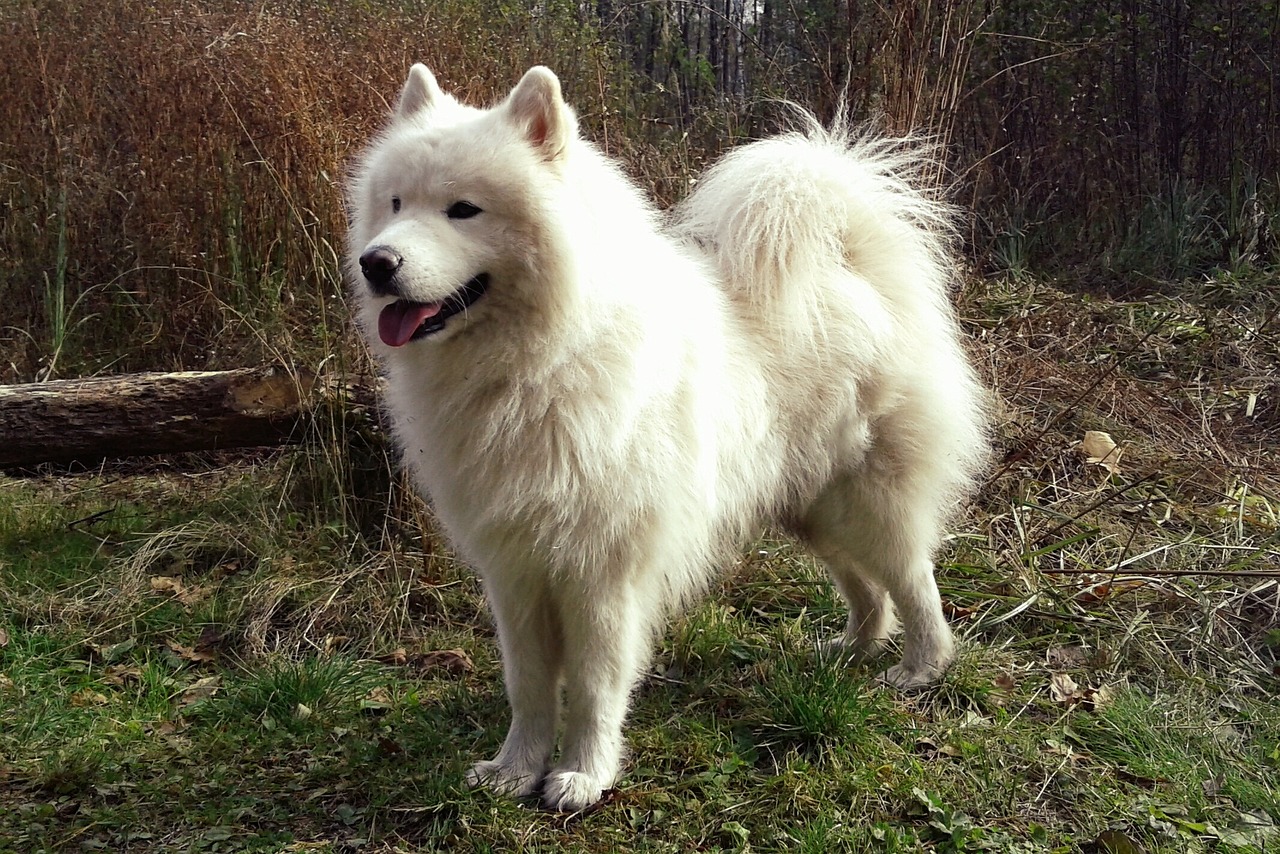
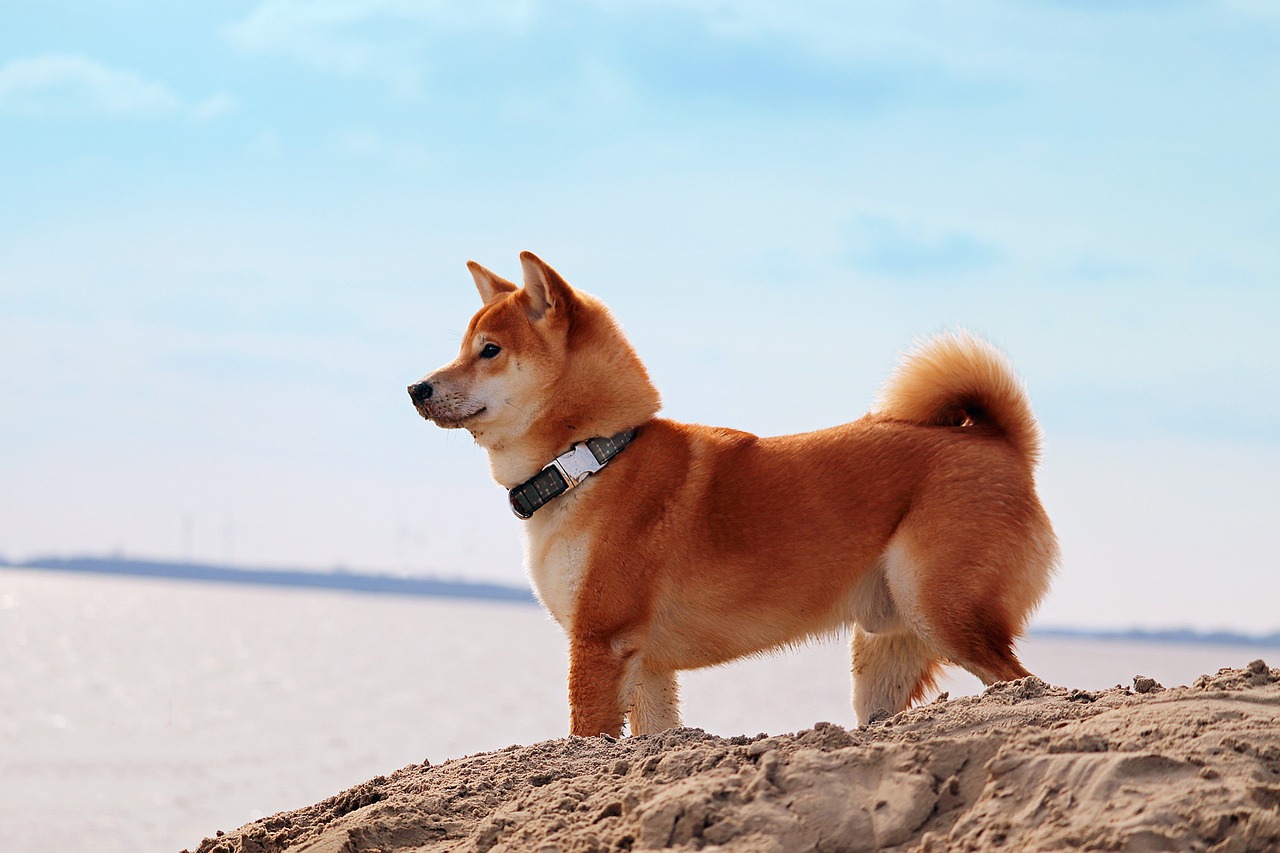
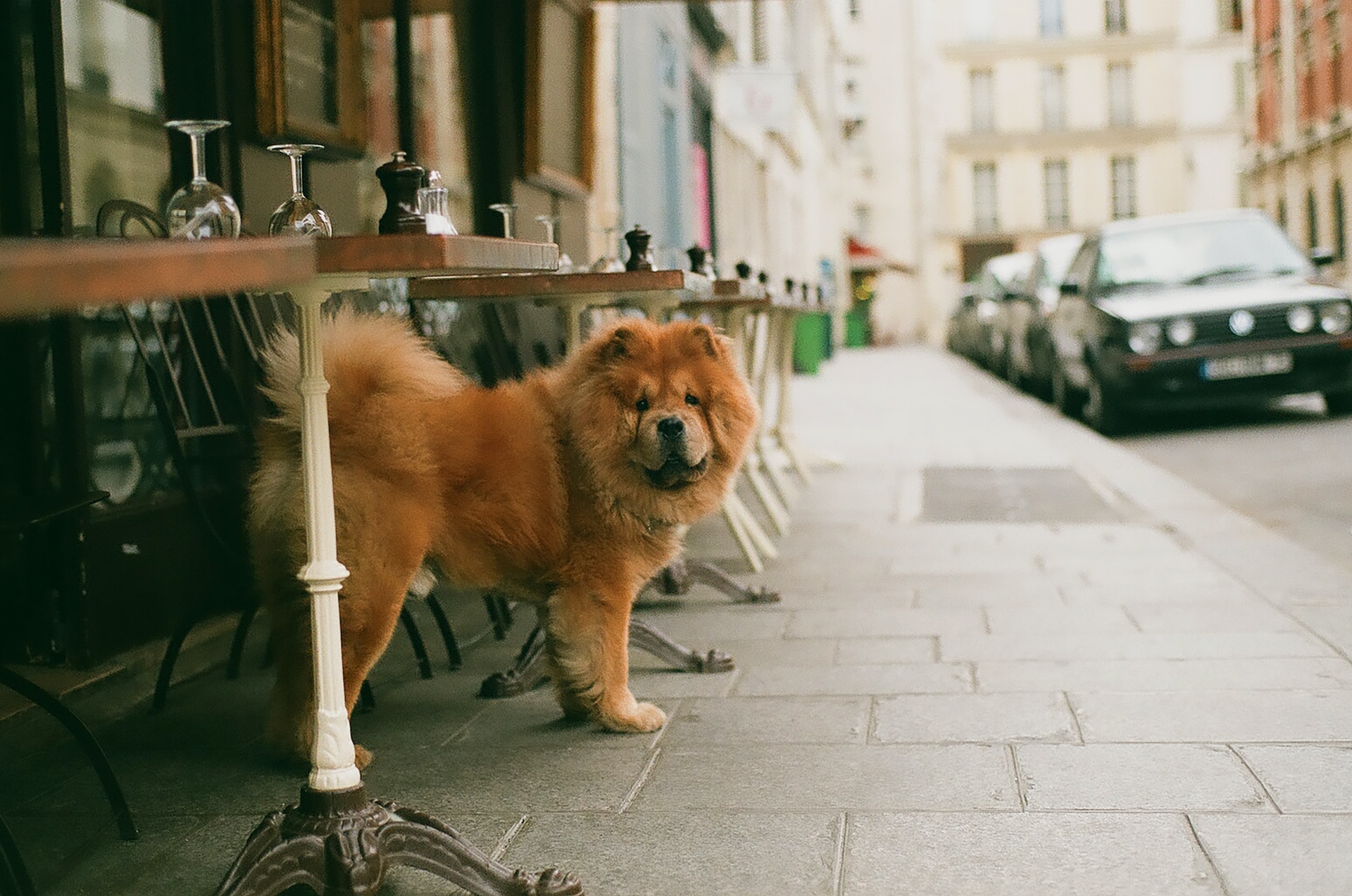
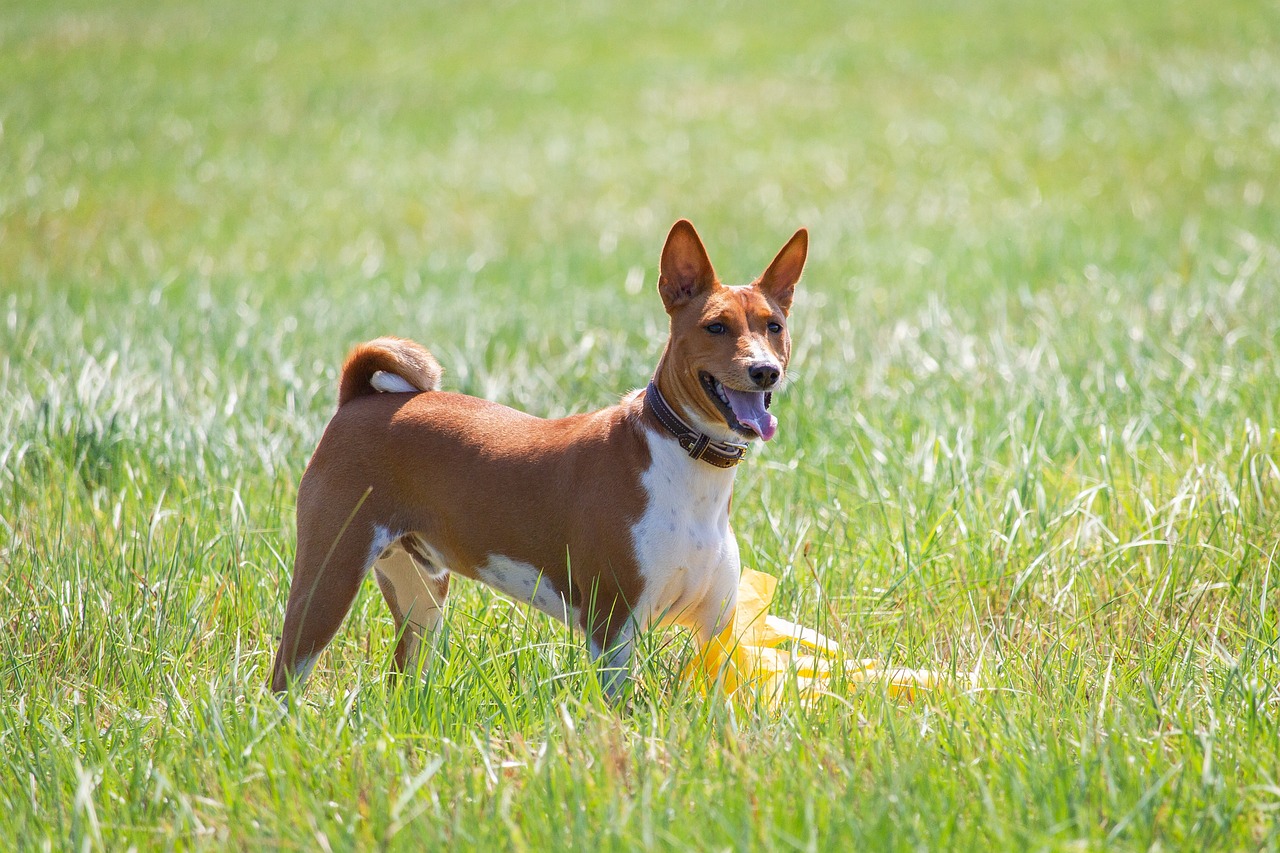
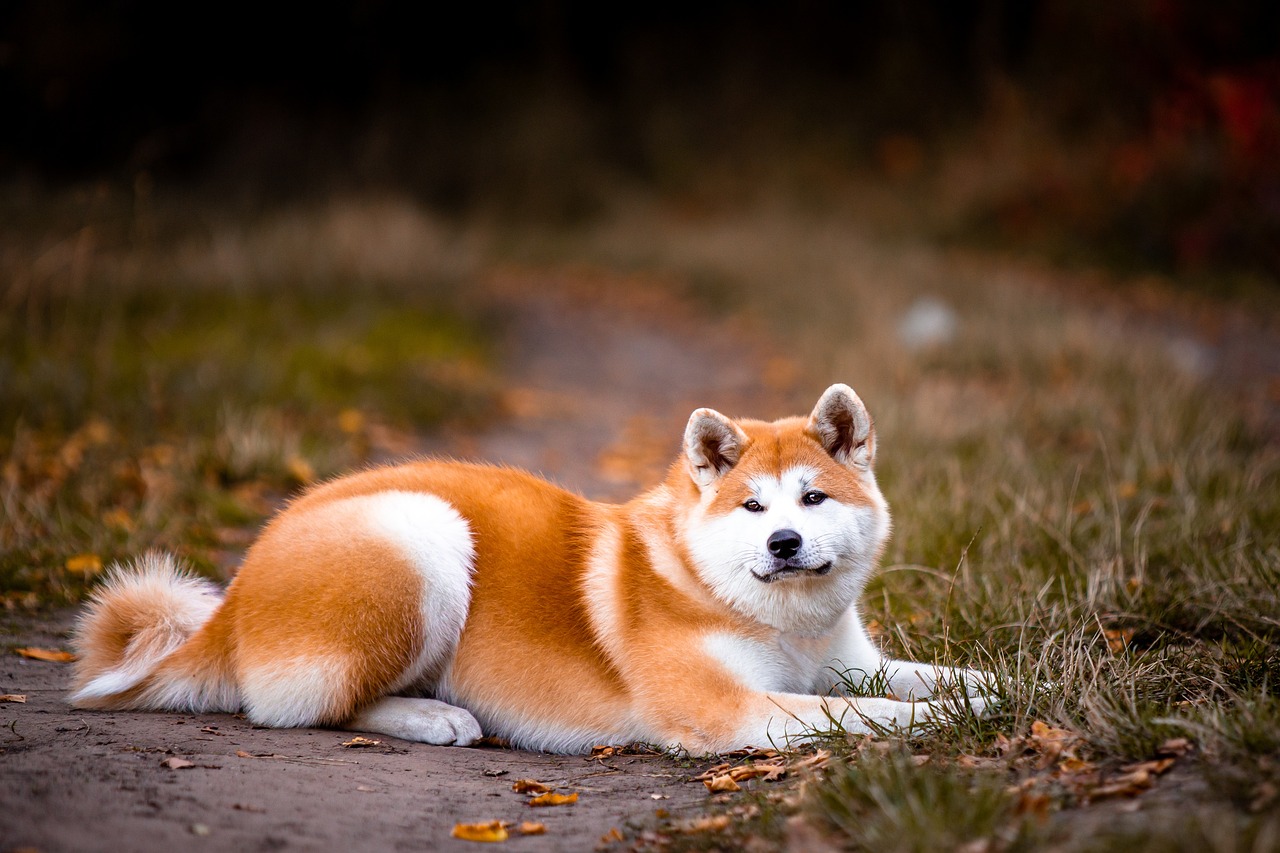
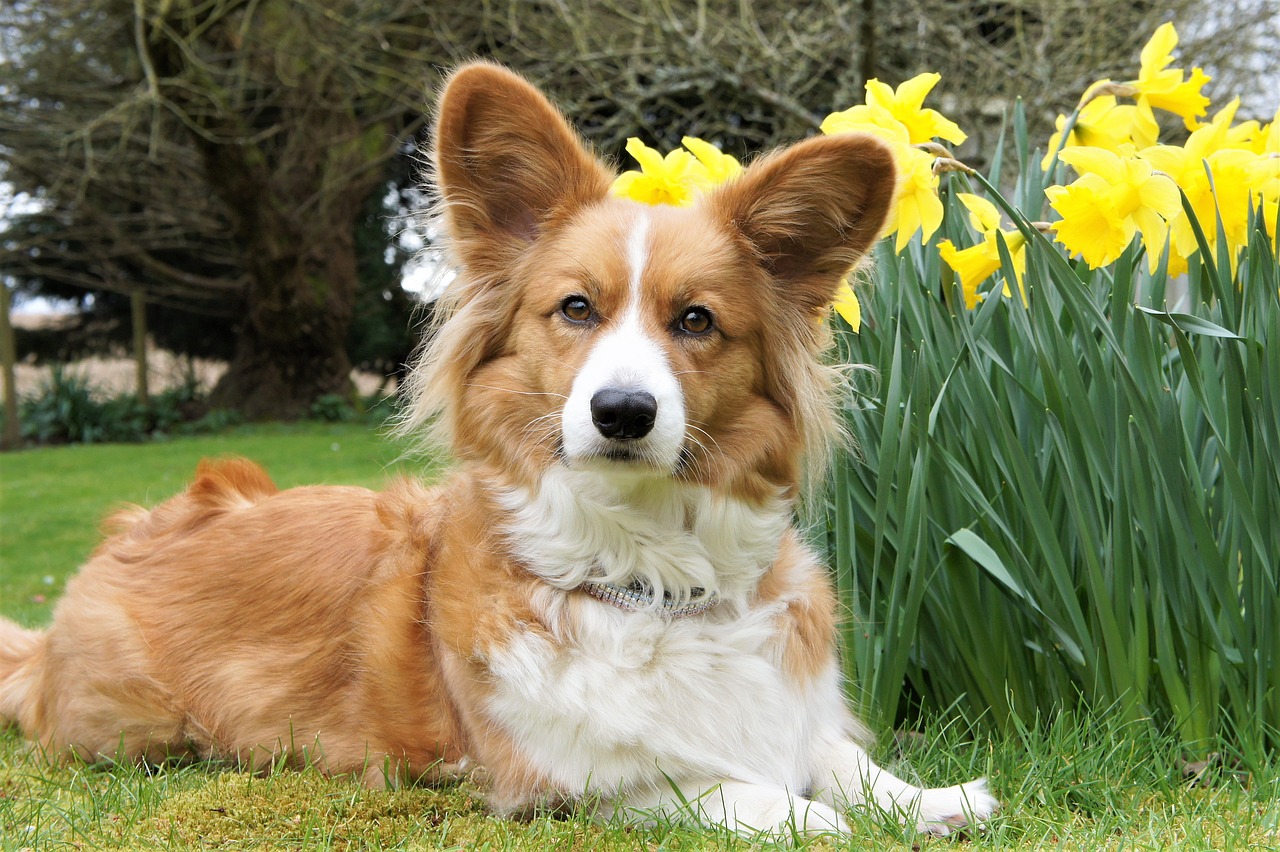
Akita
Hailing from Japan, the Akita is a majestic and loyal breed that’s known for its luxurious double coat and proud, curled tail. Their tails form a graceful spiral over their backs, accentuating their regal appearance. Akitas are known for their courage, intelligence, and unwavering loyalty to their families.
Basenji
The Basenji, often referred to as the "barkless dog," is a unique breed with a curly tail that curls tightly over its back. Originally from Central Africa, Basenjis are small to medium-sized dogs with a sleek and elegant appearance. Their curly tails, along with their alert ears and expressive eyes, contribute to their distinct and captivating allure.
Chow Chow
A breed that’s known for its distinctive blue-black tongue and lion-like appearance, the Chow Chow also boasts a beautifully-curly tail. This medium-sized dog's tail is set high and curls in a plush, full circle over its back. The Chow Chow's curly tail complements its dense, double coat, giving them an air of nobility and grace.
Shiba Inu
The Shiba Inu, a beloved Japanese breed, is renowned for its spirited personality and curled, plume-like tail. Their tails are set high and curl forward, creating an enchanting and endearing look. Shiba Inus are independent, alert, and known for their fox-like appearance; their curly tails add an extra touch of elegance to their overall charm.
Samoyed
Samoyeds, with their friendly and gentle nature, are a delight to be around. These fluffy, white dogs possess a tail that curls up and over their back, resting on their side. Combined with their smiling faces and bright, almond-shaped eyes, they have a cheerful and welcoming presence.
Cardigan Welsh Corgi
The Cardigan Welsh Corgi, one of two Corgi breeds, showcases an expressive curly tail. This low-set, long-bodied dog's tail curves in an arch over its back, making it an adorable feature in addition to their distinctive long bodies and short legs.
Functionality of Curly Tails
Curly tails in dogs not only add to their cute appearances, but also serve practical purposes.
Balance & Agility
The curl in a dog's tail plays a role in maintaining balance. When a dog is in motion, the curvature of their tail acts as a counterbalance, helping them navigate sharp turns, sudden movements, and changes in direction. This enhanced balance and agility can be particularly beneficial for breeds that partake in activities like herding, hunting, and agility trials.
Communication
Curly tails also serve as an important means of communication for dogs. Through subtle tail movements, dogs can convey a wide range of emotions and intentions. A curled tail that’s held high can indicate alertness, confidence, or excitement, while a tucked or lowered tail may signal fear, submission, or nervousness. The curl itself adds an extra dimension to these signals, accentuating the visual impact of the tail movements.
Swimming
For certain dog breeds that are adept swimmers, such as Retrievers or Water Spaniels, a curly tail can provide added propulsion in the water. The curl in their tails can act like a rudder, allowing them to steer and manoeuvre more efficiently while swimming. This enhanced control can be particularly advantageous when they’re retrieving objects from water or navigating currents.
In addition to balance, communication, and swimming, curly tails may also have some practical benefits relating to temperature regulation. In colder climates, a curled tail can be tucked closer to the body, minimising heat loss and providing a bit of extra insulation.
Whether they're navigating sharp turns or expressing their emotions, these curly cues bring both practicality and visual charm to our furry friends. The next time you encounter a dog with a curly tail, remember to appreciate not only their adorable appearance, but also the functional advantages that their curly tails bring to their daily lives!
If you're fascinated by the world of dogs and their behaviour, consider exploring our Canine Anatomy & Physiology Course. Currently available for just £29 (save £98), and written by an expert with over 15 years in the field, this is an ideal course for all dog lovers!


